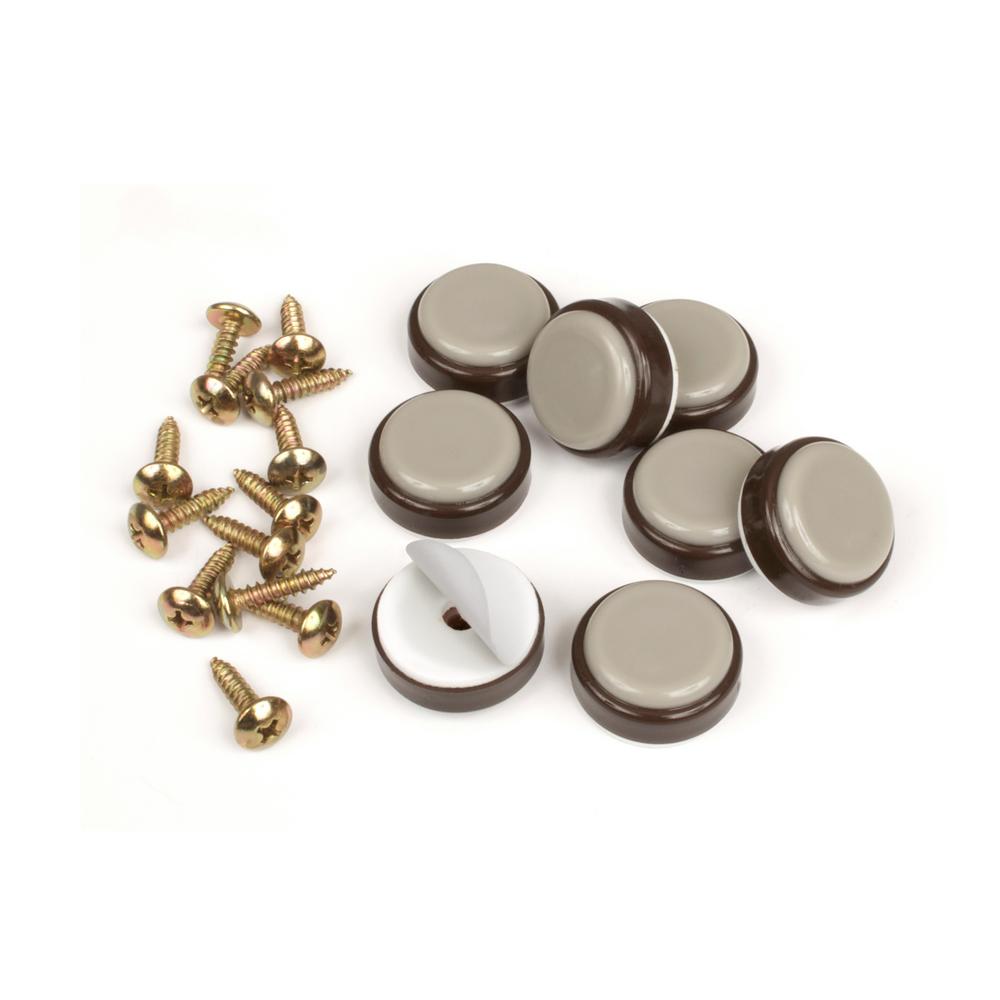


Stick-slip can be described as surfaces alternating between sticking to each other and sliding over each other, with a corresponding change in the force of friction. However, such models are very useful for low fidelity simulations and animation. The use of complicated constitutive models that lead to discontinuous solutions (see Painlevé paradox) end up requiring unnecessary mathematical effort (to support non-smooth dynamical systems) and do not represent the true physical description of the system. A description using common phonons (rather than constitutive laws like Coulomb's friction model) provides explanations for noise that generally accompanies stick-slip through surface acoustic waves. The stiffness of the spring (shown in image below), the normal load at the interface (the weight of the slider), the duration of time the interface has existed (influencing chemical mass transport and bond formation), the original rate (velocity) of sliding (when the slider is in the slip phase) – all influence the behavior of the system. However, stick-slip frictional behaviour is encountered over a wide range of length scales from the atomic up to the tectonic, and there is no single underlying physical mechanism responsible for all manifestations.

The generally agreed upon view is that stick-slip behavior results from common phonon modes (at the interface between the substrate and the slider) that are pinned in an undulating potential well landscape that un-pin (slip) and pin (stick) primarily influenced by thermal fluctuations. However, in actuality, there is little consensus in academia regarding the actual physical description of stick-slip which follows the lack of understanding about friction phenomena in general. Below is a simple, heuristic description of stick-slip phenomena using classical mechanics that is relevant for engineering descriptions.


 0 kommentar(er)
0 kommentar(er)
